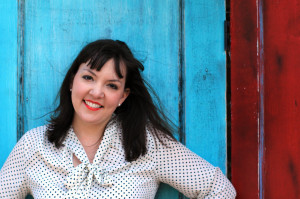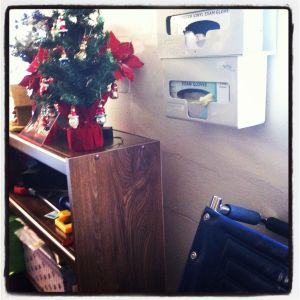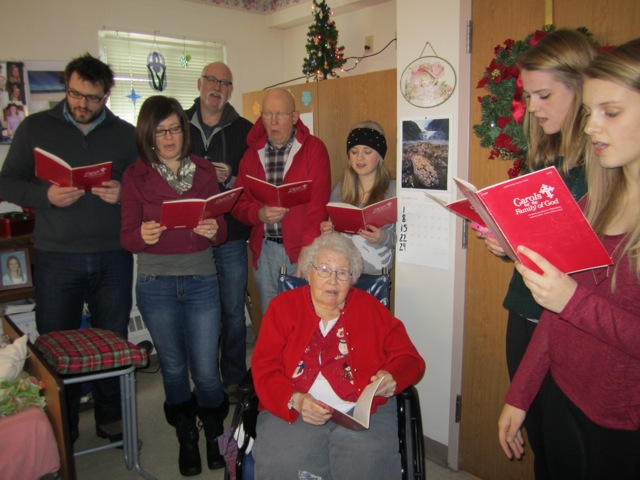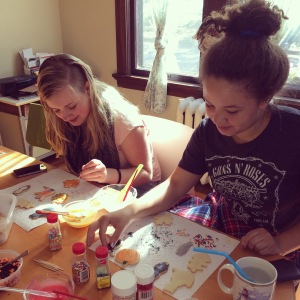If your home is your castle, my husband and I have been living with the drawbridge down for about ten years. In that time, fifteen housemates have come and gone, and eight of these have lived with us for two years or more. In our four-bedroom Victorian house, community is our way of life.
Sometimes, when I describe all this to someone I’ve just met, they look at me with wonder and admiration. “Oh that’s so beautiful to share your home with other people,” they sometimes say, “but I just couldn’t do it.” And at these times I wish that I kept a cheat sheet of former and current housemates’ phone numbers in my pocket.
Talking with them would certainly temper any idealistic notions.
****
For both my husband and I, the desire to live in community was born in college. When he showed up as a freshman at the University of Southern California, two seniors helped him move in. He soon discovered that these seniors lived next door in a cramped dorm room, choosing to forgo apartment life as a part of their Christian commitment to hospitality. That year my husband watched them model kindness, patience, truth-telling and forgiveness in the nitty-gritty of daily life, and his vision was forever altered.
For my part, I liked undergraduate life so much that I extended it for six years, working as a campus minister at a small women’s college. During that time I lived in a household of 35 for a summer, led spring break trips in tight quarters, and attended overnight training events, as well as an annual two-week “camp” for campus ministers. Though all of this intentional togetherness was uncomfortable, and at times painful, for an insecure introvert like me, it was also strangely life-giving.
And so, by the time we met and married in July of 2005, my husband and I were both committed to some form of intentional, extended community in our home. We, of course, had no idea what a roller coaster this would be.
****
To begin with the obvious: life after college is not like life in college. There are property taxes, for one, and many other bills that you never imagined. Remember the four-bedroom Victorian house I mentioned in the introduction? Victorian=more than a hundred years old. More than a hundred years old=constantly falling apart. Now add full-time jobs, graduate school, and two babies to the mix of bills and renovation, and you have two very distracted people who barely have time for each other, much less a parade of housemates.
We have not always done well.
With one housemate it took us over a year to discover he didn’t feel comfortable on the first-floor of the house because of its perpetual untidiness. Another housemate hid in her room the whole time she lived with us because that summer we filled every bedroom and the living room with beds and people. When we began living with another family with two young children, I used to hide on the porch and cry during dinner because I couldn’t stand so much chaos so late in the day.
Sometimes it amazes me that we kept this up so long. But then again, there is something about life together.
Just a few nights ago, the five grown-ups were sitting together in the kitchen, having “adult dinner” while the kids bounced off the walls in the living room. Someone had brought a bottle of red wine up from the basement, and we were talking about this and that, telling stories and laughing about the ridiculous things that had happened to us that day. This scene is not unusual. It’s just a natural, spontaneous outgrowth of living in close quarters. Like college for grown-ups.
And as I looked around the table I knew. I knew that I was blessed. Sitting there I was surrounded by a rich network of people-these current housemates and all the others who have stayed for a while-and these were people I knew and loved.
Over the years we had annoyed one another, confronted one another, and watched one another (with front row seats!) make all the mistakes of marriage, parenting and singleness. But all of this grit and dirt makes the forgiveness, encouragement, and laughter over a bottle of red wine that much more sweet.
Isn’t this the essence of any community, large or small, tied by blood, or marriage, or an old Victorian house?: We are known and (somehow, miraculously) we are loved.
I am beginning to suspect that it is the ‘and’ that makes all the difference.

Photo by Nell Howard on Creative Commons

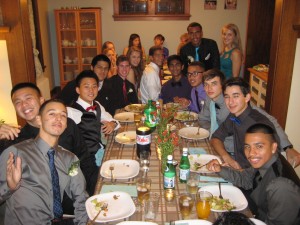
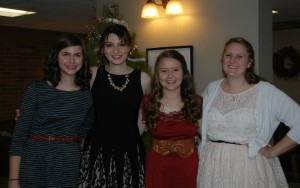
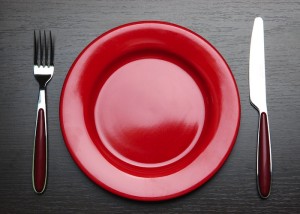
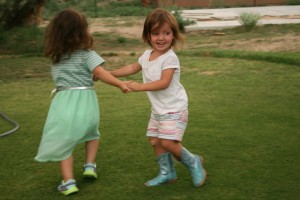 is plain to see that the family tree has long had the perfect spot for their branches to grow. They have filled a gap we didn’t know existed until they arrived; they have generated love we didn’t know was missing until it was exchanged. Perhaps additional branches are still hiding in the roots of our family tree–my own husband and children? more children for my sister? other branches that will get grafted on in a mysterious way? Only with the passage of time, with the insight of setting the Christmas table for years to come, will those answers make themselves known.
is plain to see that the family tree has long had the perfect spot for their branches to grow. They have filled a gap we didn’t know existed until they arrived; they have generated love we didn’t know was missing until it was exchanged. Perhaps additional branches are still hiding in the roots of our family tree–my own husband and children? more children for my sister? other branches that will get grafted on in a mysterious way? Only with the passage of time, with the insight of setting the Christmas table for years to come, will those answers make themselves known.
